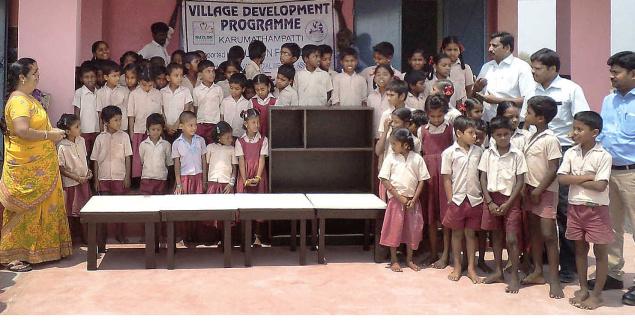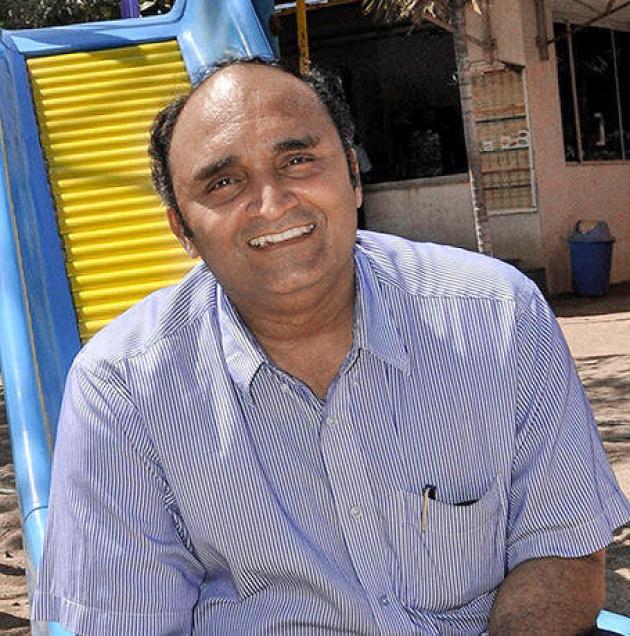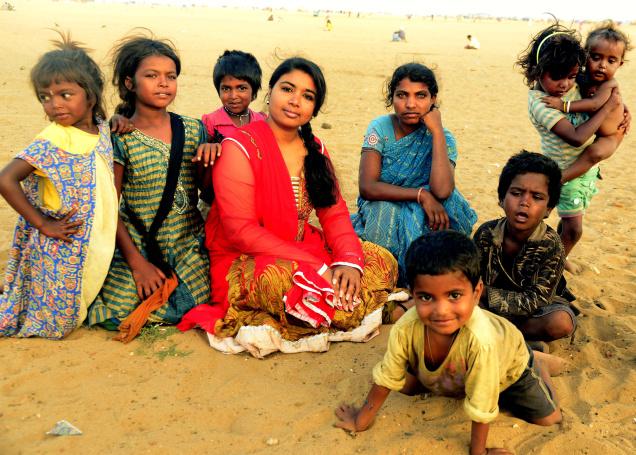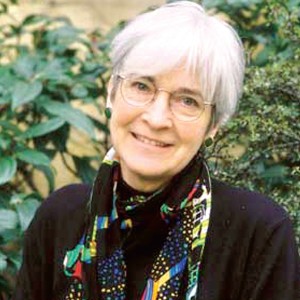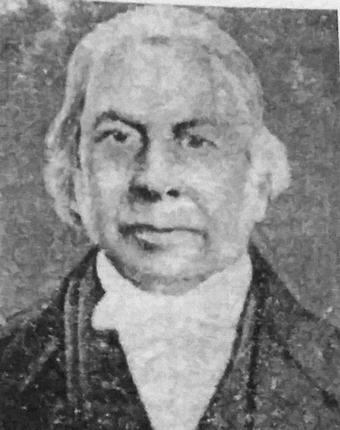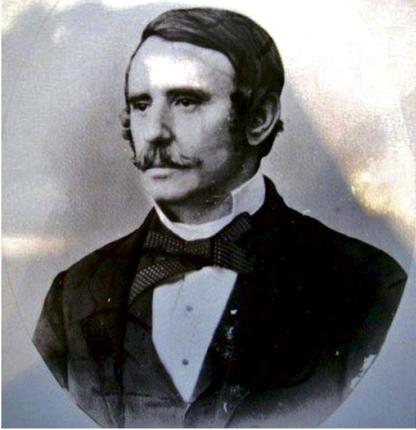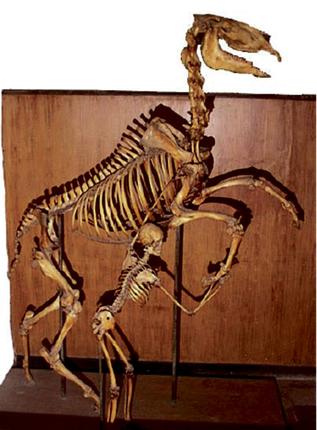It was a visual treat for all those who had gathered at the Kumaraguru College of Technology last weekend. Around 1,000 silambam practitioners from across the state congregated at the campus on Sunday for a synchronized performance of the traditional Dravidian warfare silambam and showcased the intricacies of the art.
The man behind the Silambam Sangamam, Shankar Vanavarayar, says that it’s time we considered the martial art as a sport and that the mass congregation of silambam practitioners was just a baby step toward the idea.” This was an effort to promote the ancient martial art, fitness and tradition among the youth. We had experts from across the state coming together for the event. However, the majority of the performers hailed from the city itself, who were trained well in the martial art form. Silambam is a martial form, where you discipline your mind through your body and this gathering was a platform to propagate the art and inspire young people to take it up.”
Interestingly, a lot of youngsters have started taking up silambam as a form of fitness activity in the city. “Earlier, silambam was performed predominantly in temple thiruvizhas in villages. But now, they have made inroads in the city as well. It’s heartening to see young girls showing interest in the form,” says trainer G Gunasekaran, who has been doing silambam for the last 50 years in Vysial Street.
“I started when I was just 15 years old. My master had trouble with his leg and I had to take over during some of the sessions. Eventually, I became the master. I teach around 500- 600 students in the city,” says the 65-year-old expert. Today, his students have become teachers themselves, who have taken many silambam enthusiasts under their wings.
Seconding him is silambam coach Mani Sathyamoorthy, who conducts classes at Lawley Road. “Out of the 50 students in my class, 25 are girls. That’s a very good sign. Some of them have been training for seven years. Though a majority of them join out of compulsion from their parents, they soon develop interest in the martial art. One needs to undergo training for two years to learn the basics of silambam. But there is always scope for coming up with new moves as you practice more. When I started teaching 8 years ago, I used to conduct free classes as there were very few participants. But now, silambam has become a popular workout form among youngsters.”
Mani adds that one can start doing silambam at the age of 4. “There is no upper age limit. In fact, some of the parents, who drop their children at the class, have also started spinning the kambu (stick). We always conduct a warmup session before silambam. Fitness and discipline improves over a period of time.” Gunasekaran too emphasizes it’s better to start young. “There is no age barrier to learn silambam. Since the body needs to be immensely flexible to spin the silambam, it’s ideal to start early so that body gets adapted to the moves. There are four basic stick rotations and seven moves. These in turn, are combined to come up with the other moves. Unlike karate, where one trainer can teach more than 100 people at a time, Silambam needs to be supervised carefully, because there is a high risk of hurting your opponent’s eye while you spin the kambu (stick). This martial art involves every muscle in the body.”
Maria Shanthi, physical director of a private school in the city, has been active in propagating the art among her students, so much so that her students have been undergoing regular training in the warfare art. “It was during a chance encounter with silambam performers at one of the school tournaments that I developed an interest in the art. Now, we have been teaching the form in the school and some of our students have excelled at the state level. We have also set aside an hour’s time every morning in school to practice the art.” Shankar Vanavarayar, on the other hand, wants to take the art to the next level in future. “We are planning to take this forward through seminars and silambam sessions; and explore the possibility of making this a national and international sport.”
Health Benefits 1. A good cardio workout; improves blood circulation and burns calories 2. Improves memory; mental strength & agility 3. Relieves stress and fatigue; improves body flexibility 4. Improves hand-muscle co-ordination & handwriting 5. Prevents practitioners from taking up smoking or drinking
source: http://www.timesofindia.indiatimes.com / The Times of India / News Home> City> Coimbatore / P. Sangeetha / TNN / March 23rd, 2016
